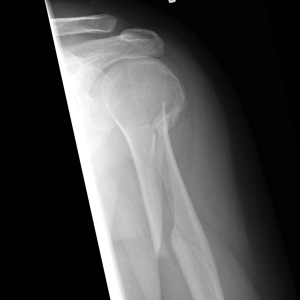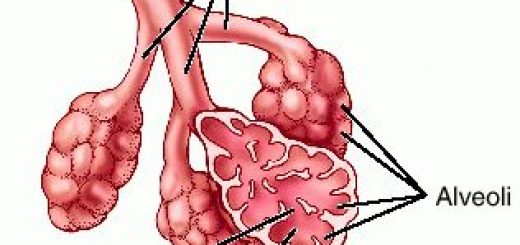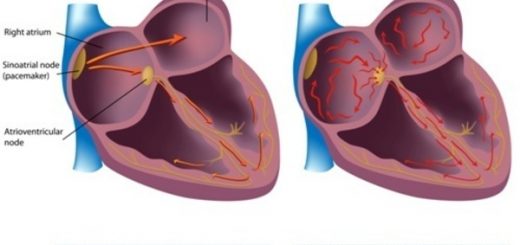What is the difference between a fracture and a dislocation?
 Fractures and dislocations are common injuries to our musculoskeletal system. Most of us will break a bone in our lifetime! So what’s the difference between a fracture (broken bone) and dislocation?
Fractures and dislocations are common injuries to our musculoskeletal system. Most of us will break a bone in our lifetime! So what’s the difference between a fracture (broken bone) and dislocation?
What is a fracture?
Sometimes, excess pressure is applied to a bone which results in the breaking of the bone, this is called a fracture.
The cause may either come from direct force (directly onto the bone) or indirect force (where the force is transmitted through one or more bones, injuring another i.e. falling onto an outstretched hand and fracturing a collar bone).
Fractures are a very common injury and most people suffer at least one during their lifetime. Children’s bones are relatively more flexible and less likely to break and falls or other accidents that may not cause harm in a child can easily cause complete fractures in older adults.
Older adults also generally suffer from fractures more than children because their bones are comparatively brittle. The skin overlying a fracture may be intact (closed fracture) or open and exposing the bone (open/compound fracture) which can be particularly dangerous due to the high risk of infection.
Bones can fracture in several different ways with the most common being simple (the fracture occur along one line), avulsion (where a fragment of bone breaks off) or comminuted (multiple bone fragments).
What is a dislocation?
A dislocation is a separation of two bones where they meet at a joint. (Joints are areas where two bones come together). A dislocated bone is no longer in its normal position, which may result in damage to ligaments, nerves, and blood vessels.
Dislocations are usually caused by a sudden impact to the joint following a blow, fall, or other trauma and can be hard to distinguish from a fracture. Dislocations may also have an associated fracture and these can be very dangerous to the long term health and viability of the affected limb (such as the ankle and foot).





